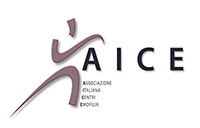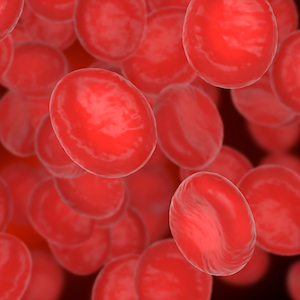Coagulome and tumor microenvironment: impact of oncogenes, cellular heterogeneity and extracellular vesicles

Submitted: 8 January 2024
Accepted: 22 March 2024
Published: 16 May 2024
Accepted: 22 March 2024
Abstract Views: 264
PDF: 115
Publisher's note
All claims expressed in this article are solely those of the authors and do not necessarily represent those of their affiliated organizations, or those of the publisher, the editors and the reviewers. Any product that may be evaluated in this article or claim that may be made by its manufacturer is not guaranteed or endorsed by the publisher.
All claims expressed in this article are solely those of the authors and do not necessarily represent those of their affiliated organizations, or those of the publisher, the editors and the reviewers. Any product that may be evaluated in this article or claim that may be made by its manufacturer is not guaranteed or endorsed by the publisher.
Similar Articles
- Giovanni de Gaetano, Well begun is half done , Bleeding, Thrombosis and Vascular Biology: Vol. 1 No. 3 (2022)
- Giovanni de Gaetano, Welcome to AICE and sincere wishes for peace for the new year 2024 , Bleeding, Thrombosis and Vascular Biology: Vol. 2 No. 4 (2023)
- Giovanni Tiscia, Elvira Grandone, Talking about assisted reproductive techniques and thromboembolic risk: everything we always wanted to know , Bleeding, Thrombosis and Vascular Biology: Vol. 1 No. 2 (2022)
- Società Italiana per lo Studio dell'Emostasi e Trombosi – SISET, 28th SISET National Congress | Rome, 6-9 November 2024 , Bleeding, Thrombosis and Vascular Biology: Vol. 3 No. 3 (2024)
- Luca Puccetti, Vincenzo Sammartano, Federico Caroni, Margherita Malchiodi, Paola Calzoni, Eleonora Franceschini, Lucrezia Galasso, Monica Bocchia, Safety of COVID-19 mRNA vaccination in patients with history of acquired hemophilia A: a case series , Bleeding, Thrombosis and Vascular Biology: Vol. 1 No. 3 (2022)
- Pier Mannuccio Mannucci, Growing weapons to fight hemophilia , Bleeding, Thrombosis and Vascular Biology: Vol. 2 No. 1 (2023)
- Cristina Santoro, Alessandro Casini, Addressing some challenges of congenital fibrinogen disorders in 2023 and beyond , Bleeding, Thrombosis and Vascular Biology: Vol. 2 No. 3 (2023)
- Domenico Prisco, Irene Mattioli, Raffaele De Caterina, Alessandra Bettiol, The new era of anticoagulation: factor XI and XII inhibitors , Bleeding, Thrombosis and Vascular Biology: Vol. 2 No. 2 (2023)
- Setor K. Kunutsor, Sudhir Kurl, Ari Voutilainen, Jari Laukkanen, Circulating albumin-to-fibrinogen ratio may be a risk indicator for venous thromboembolism: findings from a population-based prospective cohort study , Bleeding, Thrombosis and Vascular Biology: Vol. 1 No. 2 (2022)
- Marwa Eltemamy, Robert Namushi, Narayanamoorthi Saravanan, Importance of assessment of carotid plaques in the managementof acute ischemic stroke: floating intracarotid plaque , Bleeding, Thrombosis and Vascular Biology: Vol. 2 No. 3 (2023)
You may also start an advanced similarity search for this article.

 https://doi.org/10.4081/btvb.2024.109
https://doi.org/10.4081/btvb.2024.109








